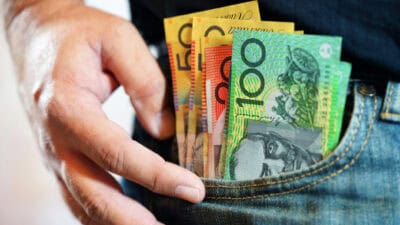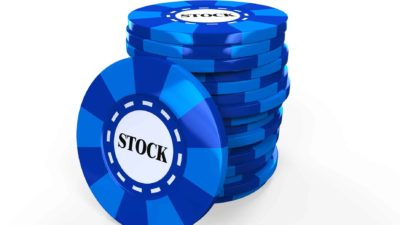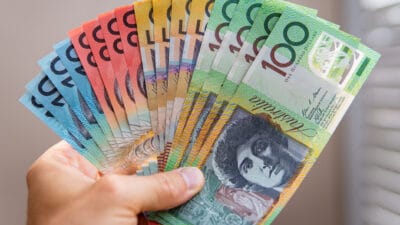Banking $10,000 every year in passive income from an ASX share portfolio sounds like a dream come true. And it is. With that level of cash flow, an investor is setting themselves up wonderfully for a high level of wealth, and perhaps even an early retirement.
But, as one would expect, getting to $10,000 in secondary income from ASX shares is no easy feat. And it certainly won't happen overnight unless one already has a healthy six-figure sum ready to go.
Saying that is certainly not impossible either.
Today, let's plot a path to that $10,000 passive income from ASX shares.
Let's start at the beginning. Shares are great assets to invest in if one is chasing a second income because most shares pay out passive income every six months in the form of dividends.
These dividend payments are passive income in the truest form of the phrase, as these payments arrive regardless of who owns the shares. You can be working or retired, old or young, sick or healthy, and those paycheques will come regardless.
Dividends can also be a great source of income due to the tax benefits they offer—namely, the franking credits that most ASX shares attach to their dividend cheques.
Buying income-producing assets
The easiest way (although not the quickest) to hit that $10k in annual passive income is arguably to invest in ASX exchange-traded funds (ETFs). ETFs are great for this purpose because they offer investors inbuilt diversification – access to dozens or even hundreds of different, dividend-paying ASX shares.
For this example, we'll use the Vanguard Australian Shares High Yield ETF (ASX: VHY), a popular ASX ETF that provides a relatively high level of income.
This ETF holds around 65 individual ASX dividend shares, which are selected for their passive income track records and future income potential.
Some of this fund's top holdings include the big four ASX banks such as Commonwealth Bank of Australia (ASX: CBA), as well as the likes of BHP Group Ltd (ASX: BHP), Woodside Energy Group Ltd (ASX: WDS), and Telstra Group Ltd (ASX: TLS).
Now, with so many holdings in this ETF, it is difficult to predict its future performance and passive income delivery. But that is the case with most ASX shares anyway.
We do have a trove of past data to go off for some rough projections, though.
Building a stream of passive income with ASX shares
Over the past 12 months, this ETF has paid out four quarterly dividend distributions to its investors (we'll include the latest payment due to be doled out later this week). These total $4.40 per unit in passive income.
At the current VHY unit price, this equates to a trailing dividend distribution yield of 5.91%.
Let's assume for a moment that buying this ETF today will get you a 5.91% yield going forward (which is not at all guaranteed). If that is the case, one would need to deploy around $170,000 at current pricing to achieve $10,000 in passive income every year.
It goes without saying that most investors don't have this option available to them right now.
However, if we harness the power of compounding, we can dramatically cut down on our required investment.
Harnessing the power of compounding for passive income
Since this ETF's inception in May 2011, VHY has returned an average of 9.15% per annum, including the value of the dividend distributions it has paid out.
If we assume that the rate of return holds going forward (again, not guaranteed), an investor could put $5,000 into this ETF as a start. If our investor then invested $100 every week and reinvested any dividends received back into the fund, it would take 15 years to hit that $170,000 investment. Our investor could then 'flick the switch' and stop reinvesting dividends and (hopefully) receive $10,000 yearly in passive dividend income.
This path obviously takes a long time, but it has the upside of requiring only $72,000 in investor capital over these 15 years rather than the full $170,000.
Of course, investors can speed up this process. For one, they could choose individual shares instead of a broad-based ETF and try to get a better return than 9.15% per annum. This is arguably a more risky approach, but even a 12% annual return would cut our timeframe from 15 years to 13.
Otherwise, investing more every week will also make a big difference over time. If our investor puts $200 per week into their portfolio rather than $100, it would cut our timeframe from 15 years to about ten-and-a-half. That's despite our rate of return remaining at 9.5%.
Foolish takeaway
As I said at the start, hitting $10,000 in passive dividend income from ASX shares annually is not easy. But many investors can arguably do it. All we need is patience, discipline, and a willingness to sacrifice income today for income tomorrow.
Saying all of that, investors need to remember that returns from most ASX shares don't come in a linear fashion. Investors should prepare to get lower (but potentially higher) returns than that 9.15% average going forward and a range of different passive income outcomes.









